Peaches — those sun-kissed, velvety, juicy fruits — have long been a symbol of sweetness, health, and summertime indulgence. From fresh fruit bowls to canned desserts, peach cobblers, jams, and smoothies, this versatile fruit is beloved around the globe. But have you ever stopped to wonder where the world gets most of its peaches?
While peaches are cultivated in many temperate regions across the globe, a handful of countries lead the way in peach production, supplying both local markets and international trade.
In this article, we’ll explore where the majority of the world’s peaches come from, discover the top producing nations, and learn what makes their peaches so unique and desirable.
A Brief History of Peaches
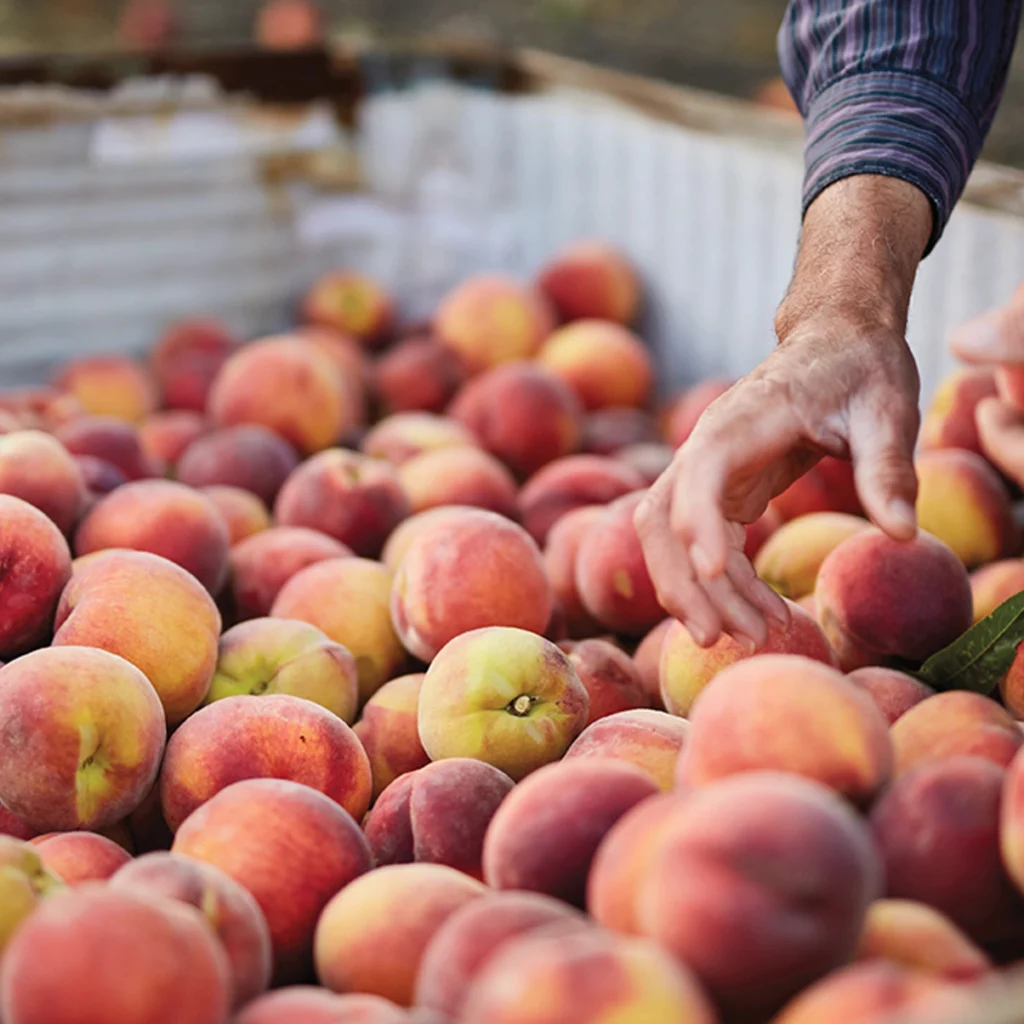
The peach (Prunus persica) originated more than 4,000 years ago in China, where it was highly valued for both its flavor and symbolic meaning. In ancient Chinese culture, peaches represented longevity, prosperity, and immortality. From China, peaches traveled along the Silk Road to Persia (modern-day Iran) and then to the Roman Empire, before spreading across Europe and eventually to the Americas.
Today, peaches are grown in over 60 countries, but global production is concentrated in a few dominant regions.
Where Does the World Get Most of Its Peaches?
According to the Food and Agriculture Organization (FAO) and recent agricultural statistics (2023 estimates), the world gets most of its peaches from five main countries, with one clear leader: China.
Here’s a breakdown of the top peach-producing nations:
| Rank | Country | Annual Production (Metric Tons) |
|---|---|---|
| 1 | China | 16,000,000+ |
| 2 | Spain | 1,300,000+ |
| 3 | Italy | 1,000,000+ |
| 4 | United States | 725,000+ |
| 5 | Greece | 620,000+ |
Now let’s explore each country’s contribution to the world’s peach supply.
China — The Global Peach Powerhouse

China not only introduced peaches to the world but continues to lead by a massive margin, producing over 16 million metric tons of peaches annually — that’s more than 60% of the total global supply.
Main Peach Growing Regions:
- Shandong
- Hebei
- Henan
- Sichuan
- Hunan
China boasts an incredible range of peach varieties, including:
- Yellow-fleshed peaches
- White-fleshed peaches
- Donut (flat) peaches
- Clingstone and freestone types
Most of China’s peaches are consumed locally due to the high domestic demand, especially during the summer months and the Lunar New Year, when peaches symbolize good fortune. However, China’s peach exports are increasing steadily, especially to Southeast Asia, Russia, and the Middle East.
Fun Fact:
In Chinese folklore, the “Peaches of Immortality” were said to ripen once every 3,000 years and grant eternal life to those who ate them.
Spain — Europe’s Peach Leader
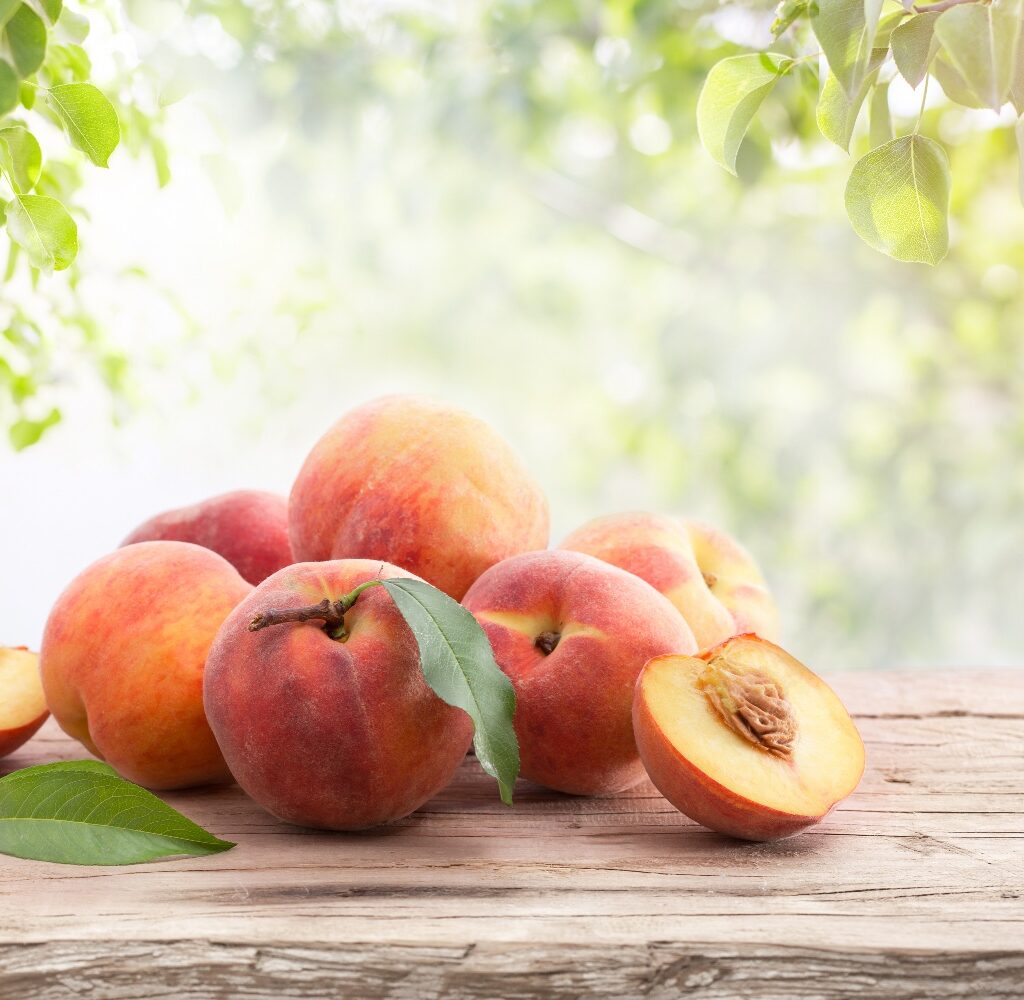
Spain is Europe’s largest peach producer, with annual production surpassing 1.3 million metric tons. Its favorable Mediterranean climate, fertile soil, and long summers create perfect conditions for cultivating juicy, aromatic peaches.
Major Producing Regions:
- Catalonia
- Aragon
- Murcia
- Extremadura
Spain is renowned for producing:
- Yellow-fleshed peaches
- Nectarines
- Paraguayos (flat peaches)
A large portion of Spain’s harvest is exported to Germany, France, Italy, the United Kingdom, and North Africa, making Spain a key player in the European and global peach markets.
Italy — A Country Rich in Peach Heritage
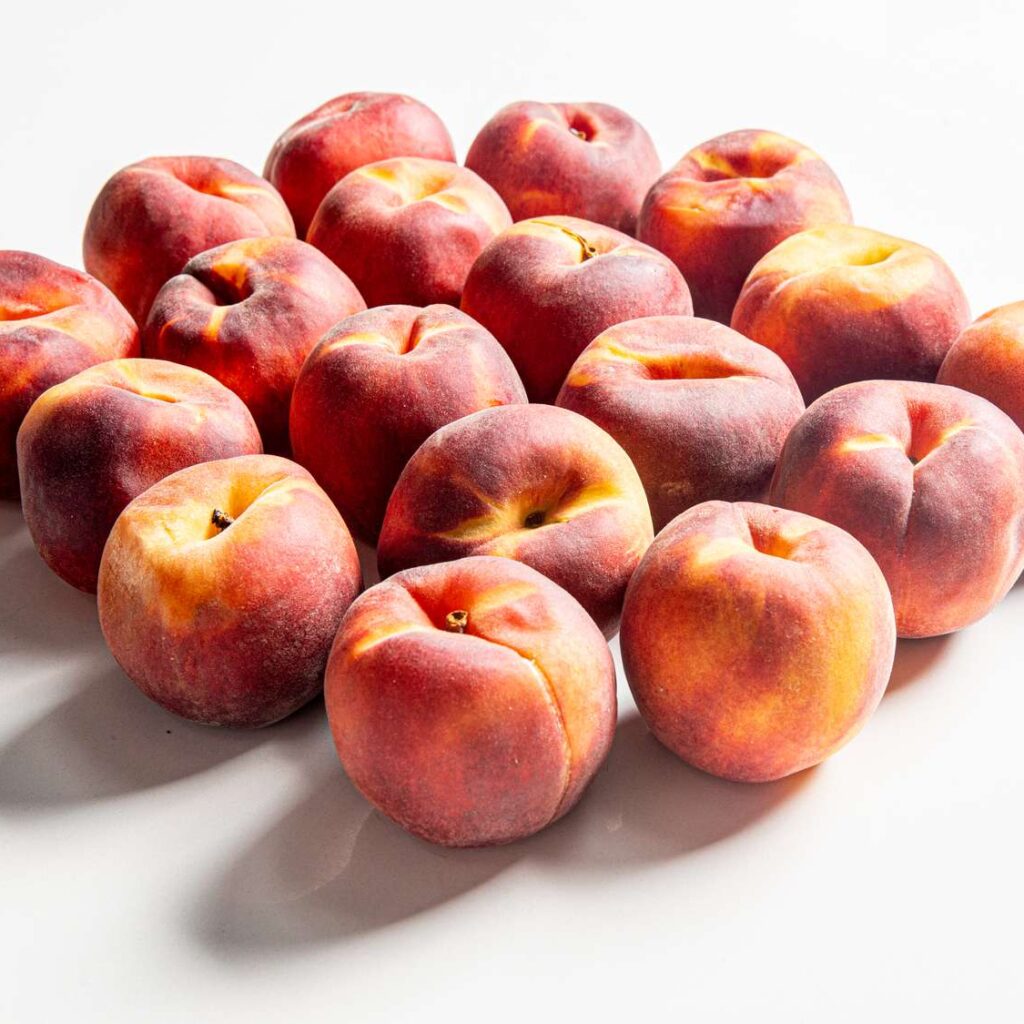
Italy has a long tradition of peach farming, producing over 1 million metric tons of peaches annually. Italian peaches are famous for their fragrance, intense flavor, and luscious juiciness.
Key Peach Regions:
- Emilia-Romagna
- Veneto
- Campania
- Calabria
Italy’s peach industry specializes in both fresh and processed products, including canned peaches, jams, and desserts. Italy is also among Europe’s top exporters, shipping peaches to Germany, Austria, Switzerland, and the United Kingdom.
Fun Fact:
Italy is one of Europe’s leaders in organic peach farming, with increasing consumer demand for pesticide-free, environmentally friendly produce.
United States — The Famous Peach State and Beyond
The United States ranks fourth in peach production, harvesting around 725,000 metric tons annually. While the southern state of Georgia is famously dubbed “The Peach State”, it’s actually California that dominates U.S. peach production, growing over 70% of the national total.
Top Producing States:
- California
- South Carolina
- Georgia
- New Jersey
The U.S. peach industry offers both:
- Clingstone peaches (used for canning)
- Freestone peaches (preferred for fresh consumption)
American peaches are known for their large size, bright color, and soft, sweet flesh. The U.S. exports peaches to Canada, Mexico, and parts of Asia.
Greece — A Rising European Peach Producer
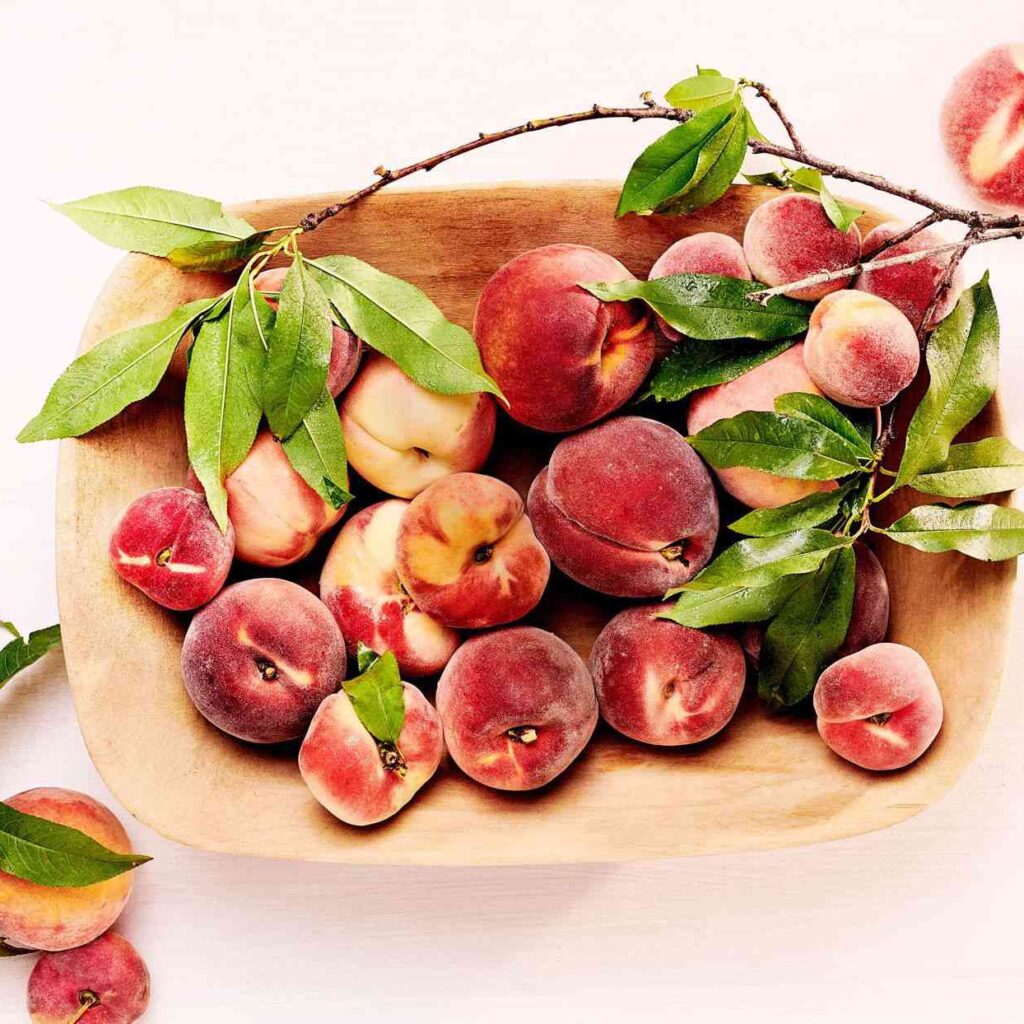
Greece has steadily grown into one of Europe’s top peach producers, harvesting around 620,000 metric tons annually. Greek peaches are prized for their rich flavor and intense aroma.
Key Peach Regions:
- Central Macedonia
- Thessaly
- Peloponnese
Greece is particularly known for its production of canned peaches, which are exported in large quantities to Germany, Italy, France, the UK, and Russia. Fresh peaches from Greece are also sought after in neighboring Balkan and Middle Eastern countries.
Who Exports the Most Peaches?
While China produces the most peaches, it consumes the vast majority domestically. The international market is dominated by Spain, Italy, and Greece, which together account for a significant portion of the world’s peach exports.
Top Peach Exporting Countries (2023):
- Spain
- Italy
- Greece
- United States
- Turkey
These countries ensure that fresh peaches are available in global markets throughout the peach season.
How Are Peaches Used Around the World?
Peaches are a globally versatile fruit used in a variety of ways:
- Fresh eating — sliced, in fruit salads, or smoothies
- Canning and preserving — in syrup or jams
- Baking — peach pies, cobblers, and tarts
- Drinks — juices, nectars, peach teas, and cocktails
- Desserts — ice cream, parfaits, and yogurt toppings
Peaches are also rich in vitamin C, fiber, and antioxidants, making them a healthy addition to the diet.
Conclusion
So — where does the world get most of its peaches?
Unquestionably, it’s China, which grows more than 60% of the global peach supply, followed by Spain, Italy, the United States, and Greece. Together, these countries ensure a steady, year-round supply of fresh, flavorful peaches for tables around the world.
The next time you bite into a sweet, juicy peach — whether from your local farmer’s market, a supermarket, or a dessert plate — chances are it was grown in one of these peach-loving nations.

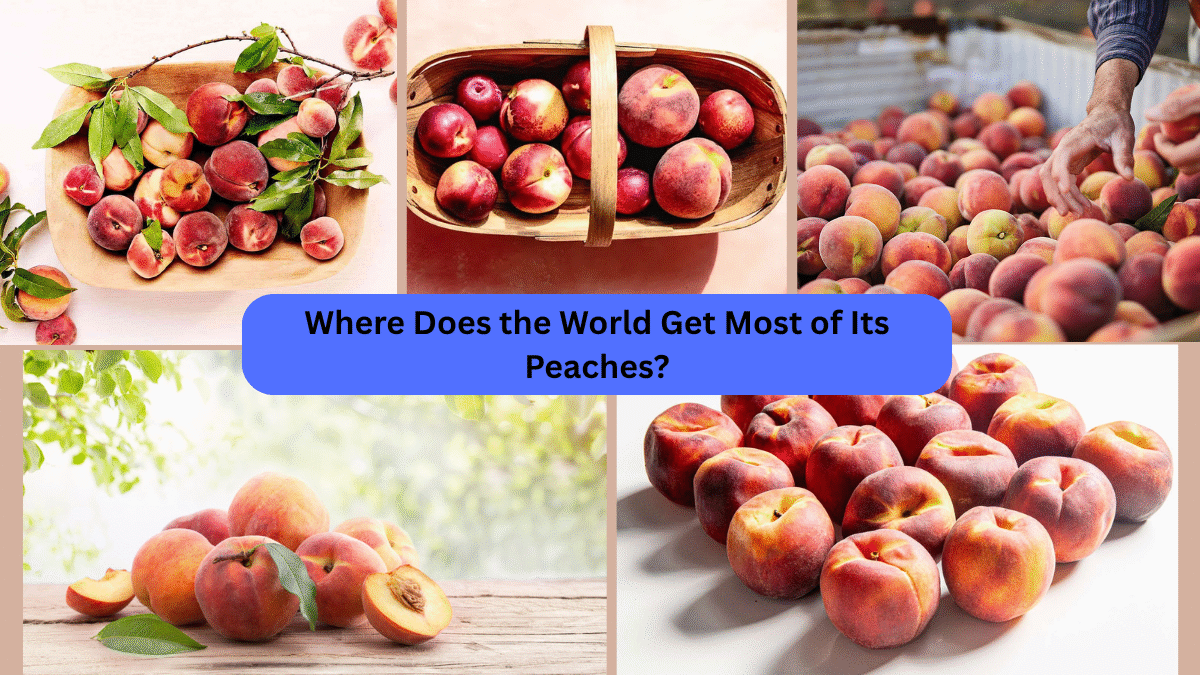




Leave A Comment